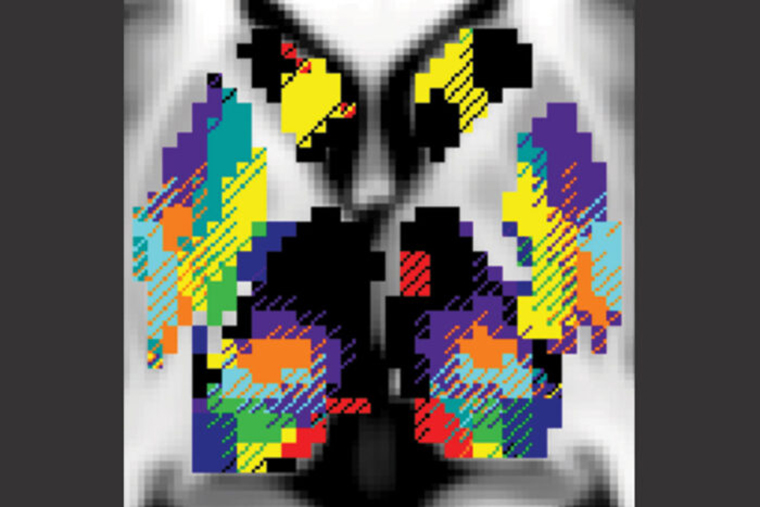People with severe Parkinson’s disease or other neurological conditions that cause intractable symptoms such as uncontrollable shaking, muscle spasms, seizures, obsessive thoughts and compulsive behaviors are sometimes treated with electric stimulators placed inside the brain. Such stimulators are designed to interrupt aberrant signaling that causes the debilitating symptoms. The therapy, deep-brain stimulation, can provide relief to some people. But in others, it can cause side effects such as memory lapses, mood changes or loss of coordination, without much improvement of symptoms.
Why doesn’t deep-brain stimulation work for everyone?

View Content